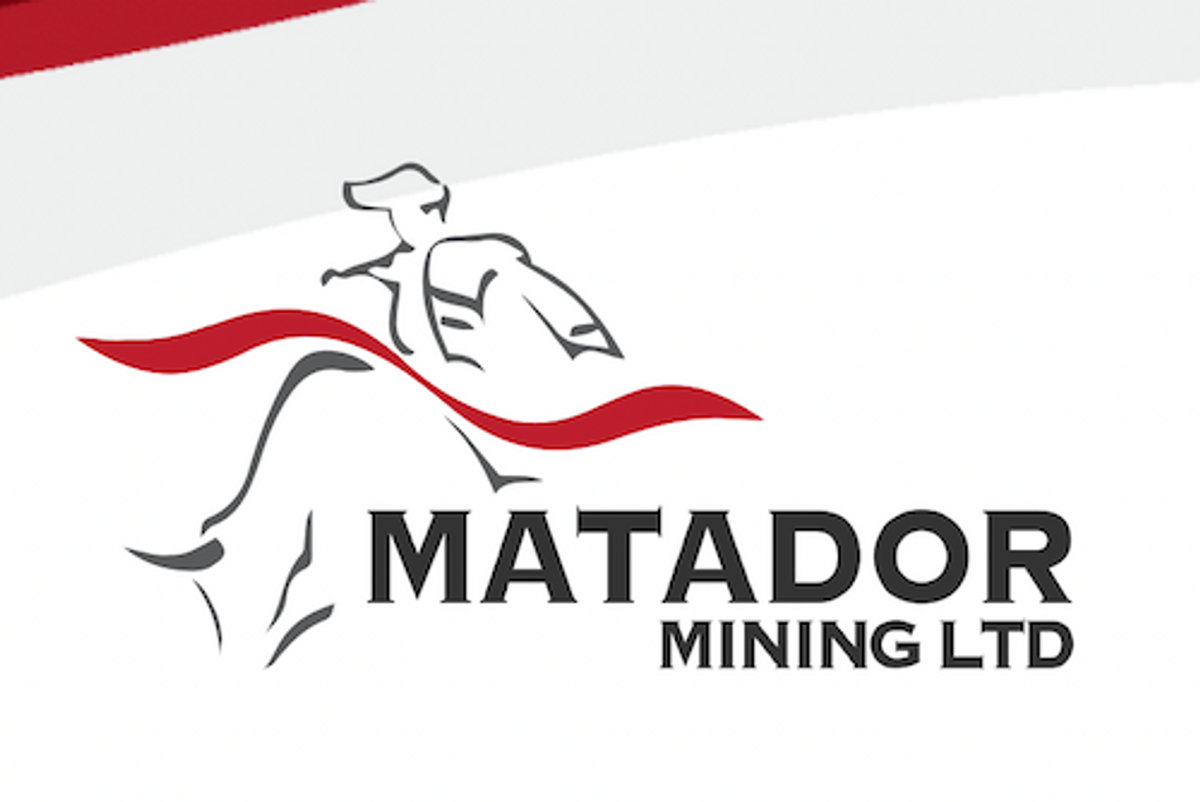
February 15, 2022
Matador Mining Limited (ASX: MZZ; OTCQX: MZZMF; FSE: MA3) (“Matador” or the “Company”) is pleased to announce that interpretation of detailed magnetics, lithogeochemistry and historic data has doubled the known strike length of the highly prospective Window Glass Hill Granite (“WGHG”) Intrusion to over six kilometres at the Cape Ray Gold Project (the “Project”) Newfoundland, Canada.
Highlights:
- Highly prospective WGHG intrusion defined over six kilometres strike length (hosting the 232Koz Au WGH and the 80Koz Au Central-PW Mineral Resources) (Figure1);
- New detailed magnetics and bottom of hole (“BOH”) lithogeochemistry data demonstrate that an untested sheared wedge of the WGHG extends three kilometres further north-east along the Cape Ray Shear Zone (“CRSZ”) than previously interpreted, immediately north of the 519Koz Au Central Zone Mineral Resources (which are hosted in sheared sediments);
- WGHG extension is hosted entirely within the CRSZ and buried under a shallow veneer of till, so has not been rock chip sampled, nor has it been targeted by diamond drilling, representing an exceptional untested structural target for gold mineralization;
- Less than 15% of the six-kilometre strike length of the WGHG has been drill tested near surface, with most drilling to date limited to less than 120 vertical metres below surface, leaving significant discovery potential at depth;
- Power auger sampling through till cover, and abundant surface rock chips with >1g/t Au in areas of outcrop (Figure 2), demonstrate the potential for vein-hosted gold mineralisation across the entirety of the highly altered and quartz-veined WGHG;
- Recent WGHG Margin discovery1, achieved by using magnetics and geochemistry to “see through” the till cover, highlights the potential for multiple structurally-controlled gold mineralisations hoots to exist across the large but under-explored WGHG; and
- To date there has been no drilling specifically targeting shear hosted mineralisation in sediments adjacent to the WGHG, which is considered an important mineralized zone in similar granite-hosted gold deposits (such as Red 5 Limited’s (ASX:RED) 6.1M o z King of the Hills Deposit in Western Australia).
Click here for the full ASX Release
This article includes content from Matador Mining, licensed for the purpose of publishing on Investing News Australia. This article does not constitute financial product advice. It is your responsibility to perform proper due diligence before acting upon any information provided here. Please refer to our full disclaimer here.
MZZ:AU
The Conversation (0)
18m
Gold Price Forecast: Top Trends for Gold in 2026
Gold has reached once unthinkable price levels in 2025, gaining more than 60 percent by the end of the year.Looking ahead to 2026, the major themes that carried the gold price to new heights this year are still underwriting its trajectory in the months ahead. What are the top trends shaping the... Keep Reading...
12h
Cassiar Gold Drills 13.53 g/t Gold over 13.4 Meters from 28.2 Meters Downhole, Including 210.71 g/t Gold over 0.8 m with 369.00 g/t Gold over 0.4 Meters from 39.8 m Downhole, Extends Higher-Grade Domains at the Taurus Deposit
Cassiar Gold Corp. (TSXV: GLDC,OTC:CGLCF) (OTCQX: CGLCF) (the "Company") is pleased to announce results from nine initial diamond drill holes of the 2025 exploration program at the Taurus Deposit, which is located within the Cassiar Gold Project, in northern British Columbia. Results from these... Keep Reading...
02 December
Keith Weiner: Gold, Silver Drivers Intact, What to Watch in 2026
Keith Weiner, founder and CEO of Monetary Metals, shares his gold and silver outlook. In his view, all of their drivers remain intact, meaning that current trends are likely to continue in 2026. "I don't think you're going to go wrong with either," Weiner said.Don’t forget to follow us... Keep Reading...
02 December
Gold Price 2025 Year-End Review
The gold price saw incredible gains in 2025, rising from US$2,600 per ounce to a record high of over US$4,300.Gold has moved up in nearly every month of the year, and is on track for its biggest annual gain in 46 years. Various factors have lent support, including ongoing geopolitical... Keep Reading...
Latest News
Latest Press Releases
Related News
TOP STOCKS
American Battery4.030.24
Aion Therapeutic0.10-0.01
Cybin Corp2.140.00





